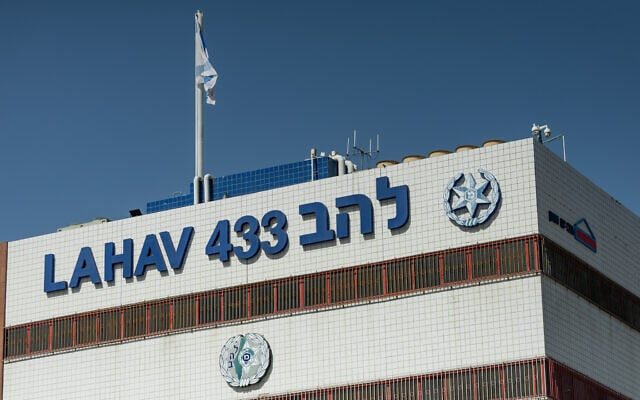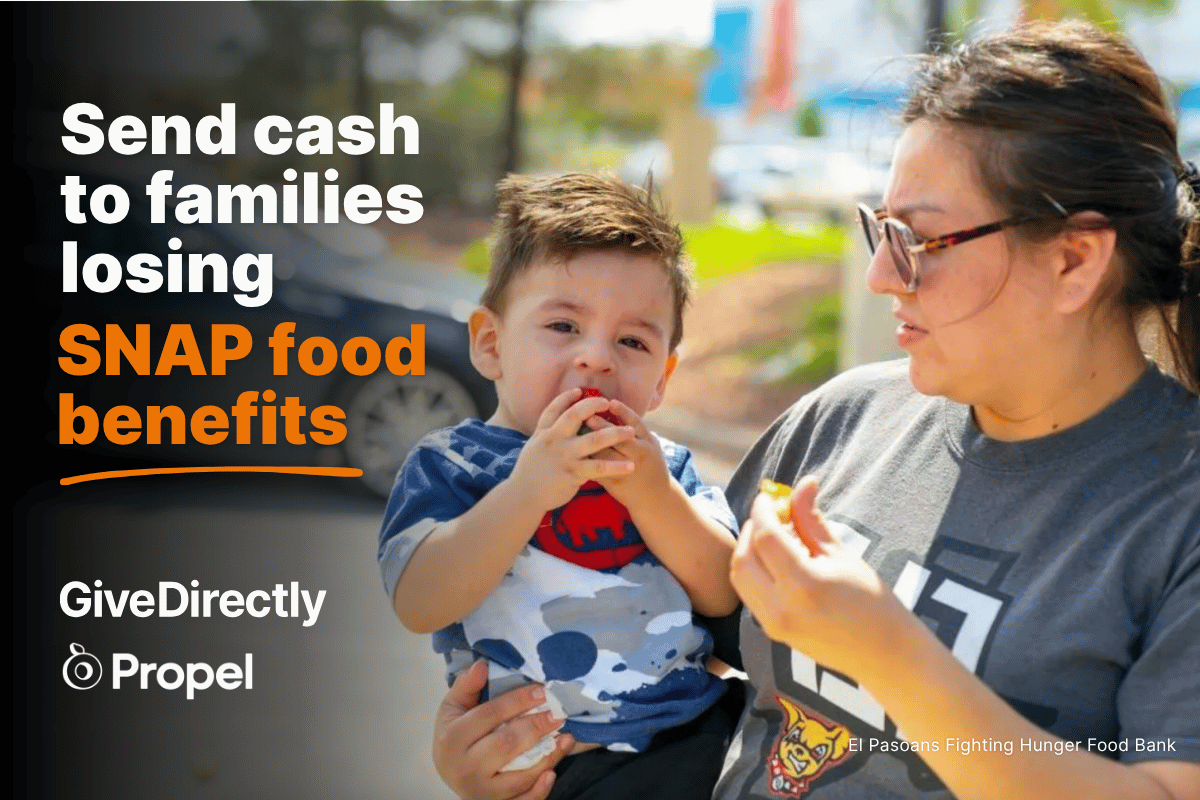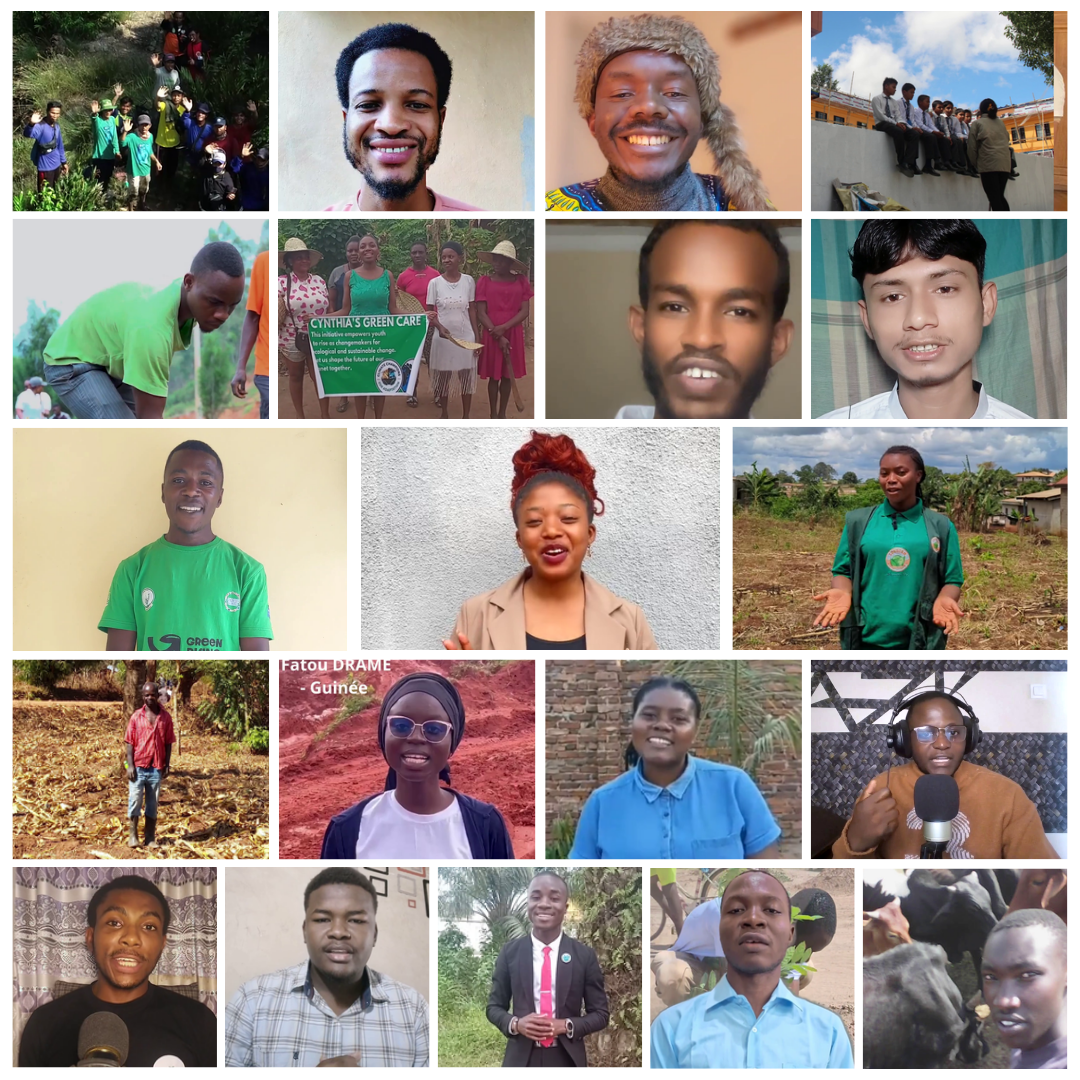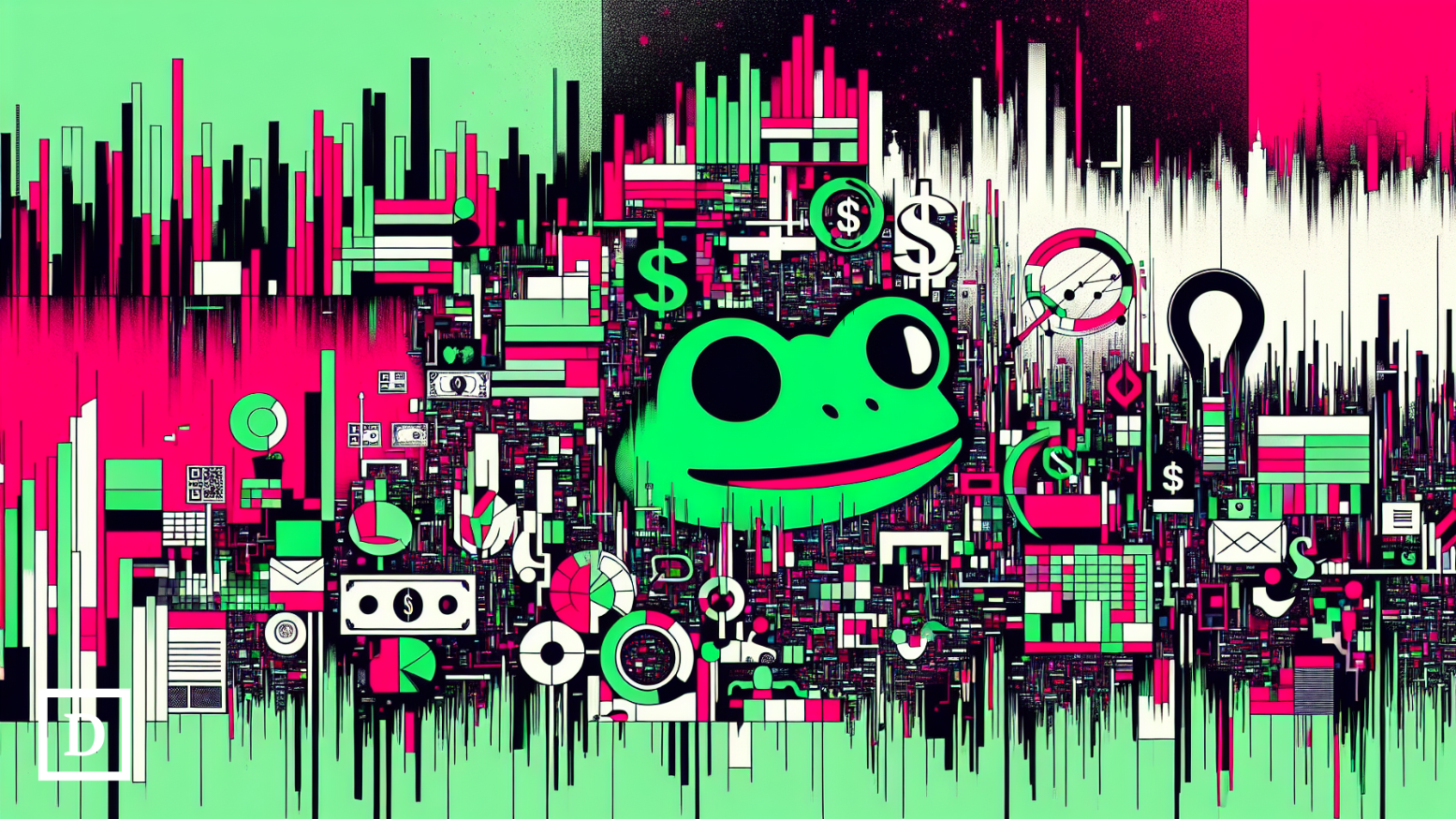HRF explains: AI “vibe coding” for human rights – Human Rights Foundation

Report on the Introduction of ‘Vibe Coding’ and its Implications for Sustainable Development Goals
Introduction: A New Technological Paradigm for Global Goals
A report from the Oslo Freedom Forum highlights the introduction of “vibe coding” by the Human Rights Foundation (HRF). This emerging technology, which enables individuals without technical expertise to develop digital tools using artificial intelligence, presents a significant opportunity to accelerate progress toward the United Nations Sustainable Development Goals (SDGs). By democratizing software development, vibe coding empowers non-profit organizations and human rights activists, directly supporting the framework of the SDGs, particularly those focused on justice, innovation, and equality.
Vibe Coding: Technology and Accessibility
Core Concept and Mechanism
Coined by OpenAI founding member Andrej Karpathy, “vibe coding” describes a process where users direct AI-powered assistants with natural language instructions, either through text or voice, to generate functional code and digital assets. This eliminates the traditional requirement for manual coding. AI platforms such as Replit and Goose automate complex development tasks, dramatically increasing productivity and lowering the barrier to technological creation. This innovation is pivotal for advancing SDG 9 (Industry, Innovation, and Infrastructure) by fostering widespread access to technological development.
Demonstrated Efficiency and Inclusivity
The accessibility of vibe coding was demonstrated at an HRF workshop where a fully functional website for a partner organization was developed in eight minutes using only voice commands. Further underscoring its potential to advance SDG 10 (Reduced Inequalities), the workshop witnessed a seven-year-old with no prior experience successfully create and debug a website. These instances prove that the technology effectively removes technical and educational barriers, making digital creation accessible to all.
Direct Alignment with Sustainable Development Goals (SDGs)
SDG 16: Peace, Justice, and Strong Institutions
Vibe coding directly contributes to SDG 16 by equipping human rights defenders with the ability to rapidly create essential tools for their work. This enhances the capacity of civil society to promote justice and build effective, accountable, and inclusive institutions.
- Censorship Resistance: Applications like Chorus, developed through vibe coding, allow for the creation of censorship-resistant groups for sharing information and resources, protecting fundamental freedoms.
- Secure Operations: The ability for any activist group to quickly generate bespoke, secure tools, such as a custom Bitcoin wallet or a nostr application, strengthens their operational security and effectiveness in challenging environments.
SDG 9: Industry, Innovation, and Infrastructure
The technology represents a leap forward in fostering innovation and building resilient digital infrastructure. By enabling rapid prototyping and deployment, vibe coding allows resource-limited organizations to innovate and enhance their digital presence, a core target of SDG 9. The development of a next-generation Bitcoin wallet in mere hours exemplifies the productivity gains and accelerated innovation cycle made possible by this technology.
SDG 10: Reduced Inequalities
By removing the prerequisite of formal coding knowledge, vibe coding is a powerful tool for reducing the digital divide. It empowers individuals and communities who have been historically excluded from the tech landscape to create their own digital solutions, ensuring their voices are heard and their needs are met. This democratization of technology is fundamental to achieving SDG 10.
Strategic Recommendations and Future Outlook
Recommendations for Implementation
To leverage this technology in alignment with the SDGs, the following actions are recommended:
- Promote Experimentation: Organizations should engage directly with available cloud-based tools like Replit, Lovable, and v0 to understand their potential and build capacity.
- Prioritize Security: When implementing AI tools, preference should be given to cloud-based software to ensure selective data access and maintain control over sensitive information, a crucial practice for human rights organizations.
Future Trajectory
While still emerging, vibe coding is on a clear path to becoming a transformative force. It empowers activists and non-profits to operate with greater independence and impact, amplifying the efforts of civil society in achieving a more just, equitable, and sustainable world. The Human Rights Foundation has committed to releasing further educational resources to facilitate the adoption of this technology for social good.
SDGs Addressed in the Article
Explanation of Identified SDGs
- SDG 9: Industry, Innovation, and Infrastructure: The article focuses on a technological innovation called “vibe coding,” which uses AI to simplify the creation of digital assets like websites and apps. This directly relates to fostering innovation and upgrading technological capabilities, especially for non-profit organizations.
- SDG 10: Reduced Inequalities: “Vibe coding” is presented as a tool that empowers “individuals without any coding experience,” including a seven-year-old child. By removing the technical barrier to creating digital tools, it reduces the inequality between skilled developers and non-technical users, particularly benefiting under-resourced human rights groups.
- SDG 16: Peace, Justice, and Strong Institutions: The technology is specifically being introduced to the “global human rights activist community” by the Human Rights Foundation (HRF). The article highlights its use in creating censorship-resistant applications (“Chorus”) and tools for activists, which strengthens these organizations and helps them protect fundamental freedoms.
Specific SDG Targets Identified
Explanation of Identified Targets
- Target 9.b: Support domestic technology development, research and innovation: The article describes the introduction and application of a new technology (“vibe coding”) to empower a specific sector (human rights non-profits). The development of new applications like “Chorus” and “MKStacks” using this method is a clear example of supporting technology development and innovation for practical use.
- Target 10.2: Empower and promote the social and political inclusion of all: The article emphasizes that vibe coding enables non-technical users to build essential digital tools independently. This promotes the inclusion of individuals and groups who were previously excluded from digital creation due to a lack of technical skills or financial resources, allowing them to amplify their impact.
- Target 16.10: Ensure public access to information and protect fundamental freedoms: The article discusses how vibe coding can be used to create tools for human rights defenders. The development of “Chorus,” an application for sharing content in a “censorship-resistant environment,” directly supports the protection of fundamental freedoms like freedom of expression.
Indicators for Measuring Progress
Explanation of Identified Indicators
- Time and cost reduction for digital tool creation: The article implies this indicator by stating a website was created in “just eight minutes” instead of “hours or days in conjunction with an expensive design team,” and a Bitcoin wallet was “vibe coded in hours.” This measures the efficiency gains from the innovation.
- Number of non-technical users creating digital assets: This is implied by the core premise of the article, which is that “vibe coding” allows “individuals without any coding experience” and even a “seven-year-old child” to build websites and applications. Tracking the adoption by this user group would measure progress towards reducing inequality.
- Development of censorship-resistant tools for activists: The article explicitly mentions the creation of the “Chorus” application, which allows users to “share content and money in a censorship-resistant environment.” The number and use of such tools serve as a direct indicator of progress in protecting fundamental freedoms.
SDGs, Targets, and Indicators Analysis
| SDGs | Targets | Indicators |
|---|---|---|
| SDG 9: Industry, Innovation, and Infrastructure | 9.b: Support domestic technology development, research and innovation. | Time and cost reduction for digital tool creation (e.g., creating a website in “eight minutes” instead of days). |
| SDG 10: Reduced Inequalities | 10.2: Empower and promote the social and political inclusion of all. | Number of non-technical users creating digital assets (e.g., “individuals without any coding experience”). |
| SDG 16: Peace, Justice, and Strong Institutions | 16.10: Ensure public access to information and protect fundamental freedoms. | Development of censorship-resistant tools for activists (e.g., the “Chorus” application). |
Source: hrf.org

What is Your Reaction?
 Like
0
Like
0
 Dislike
0
Dislike
0
 Love
0
Love
0
 Funny
0
Funny
0
 Angry
0
Angry
0
 Sad
0
Sad
0
 Wow
0
Wow
0















































































